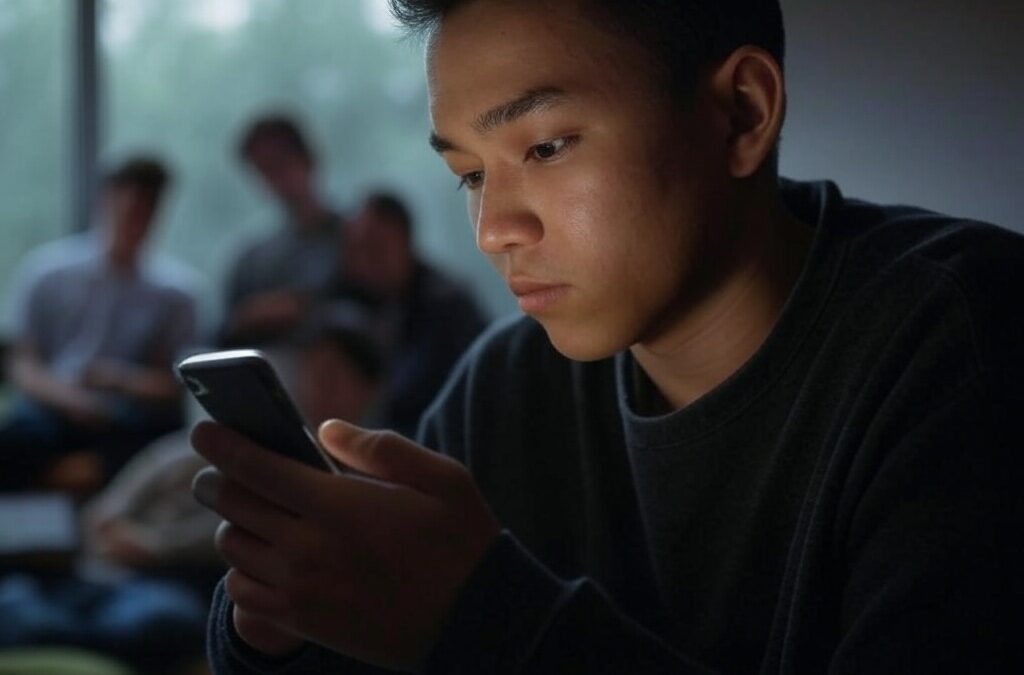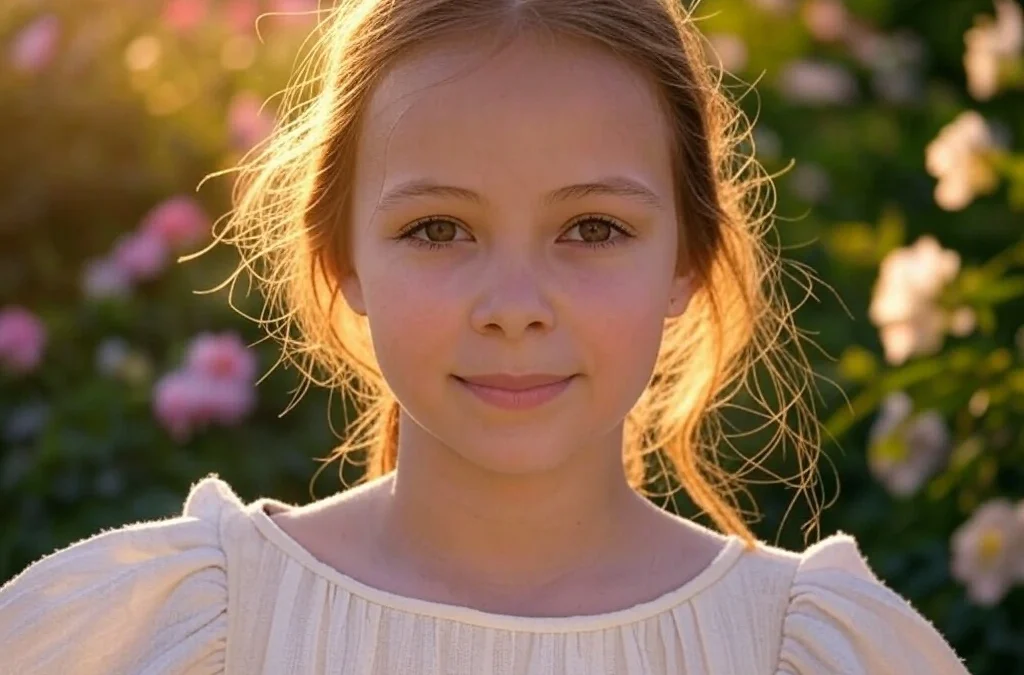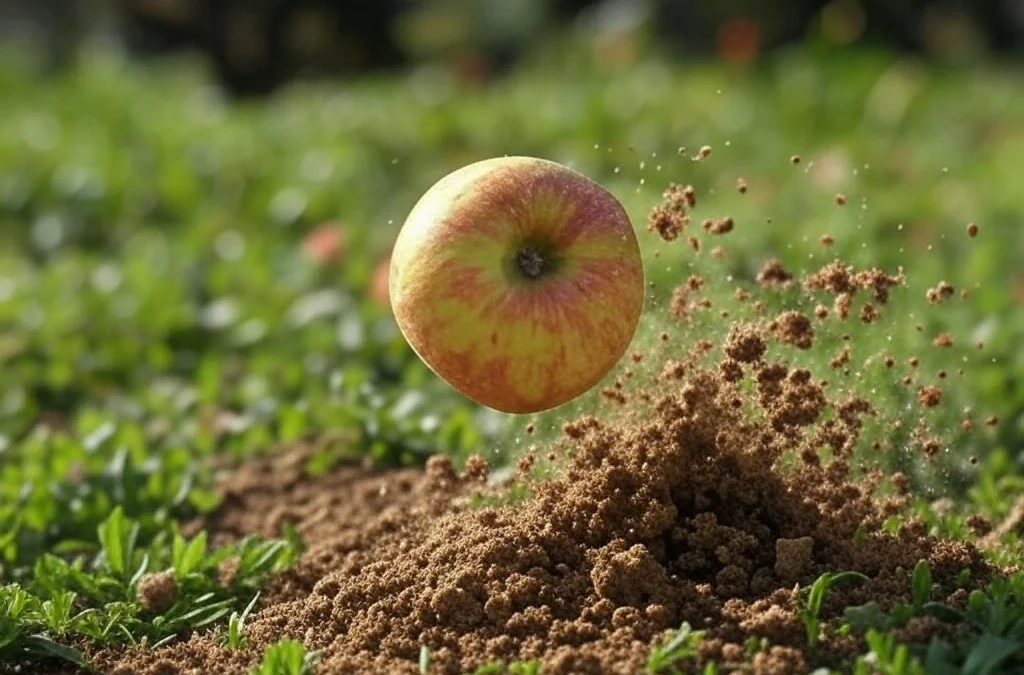From scientific breakthroughs that challenge established norms to thought-provoking philosophical arguments, these 30 examples offer a panoramic view of how critical thinking unfolds. Dive into the innovative strategies employed by entrepreneurs navigating uncertain markets, witness the meticulous analysis guiding medical diagnoses, and explore the reasoning behind impactful social and political movements. Each example serves as a beacon, illuminating the power and significance of critical thinking in unraveling complexities and paving the way for progress in an ever-evolving landscape. Join us on this journey through the best illustrations of critical thinking, where insight and intellect converge to shape our understanding and drive meaningful change.
What is Critical Thinking?
Critical thinking is the disciplined process of actively and skillfully conceptualizing, applying, analyzing, synthesizing, and evaluating information gathered from observation, experience, reflection, reasoning, or communication. It involves a structured approach to problem-solving, enabling individuals to assess and comprehend complex issues objectively. Critical thinking fosters sound judgment, rational decision-making, and the ability to question assumptions, leading to informed and reasoned conclusions. Developing this skill enhances problem-solving abilities and empowers individuals to navigate an increasingly complex and information-rich world.
Critical thinking entails a multifaceted approach to learning and understanding information. It involves actively engaging with ideas, arguments, and evidence, examining their validity and reliability. This process encourages individuals to identify biases, assumptions, and logical fallacies within arguments or information sources. By employing various analytical techniques, such as logical reasoning, evaluation of evidence, and systematic problem-solving, critical thinking allows for the creation of informed opinions and well-supported conclusions.
Moreover, critical thinking is not merely about skepticism; it also emphasizes open-mindedness and a willingness to reconsider beliefs based on new evidence or perspectives. It encourages the exploration of alternative viewpoints and the ability to communicate ideas effectively. This skill is fundamental across disciplines and professions, enabling individuals to adapt, innovate, and make sound decisions in diverse contexts.
In essence, critical thinking is a foundational skill that empowers individuals to approach information with intellectual rigor, fostering a deeper understanding of complex issues while enabling them to make reasoned judgments and solve problems effectively.
The Best Critical Thinking Examples
1. Analyzing News Articles – Critical thinking here involves scrutinizing news sources for credibility and potential biases. It’s essential to consider the reliability of the publication, the author’s background, and the sources of information. This skill is crucial in the age of information overload, as it helps individuals distinguish between trustworthy and misleading news.
2. Problem-Solving – Problem-solving with critical thinking goes beyond finding a solution; it involves breaking down a problem into its components, considering various angles, and assessing the pros and cons of each solution. This approach helps in finding the most effective and efficient resolution.
3. Data Interpretation – In data interpretation, critical thinking means not just accepting the numbers at face value. It’s about understanding the context, and potential biases, and recognizing the limitations of the data. Critical thinkers can draw meaningful insights and make well-informed decisions based on the data.
4. Decision Making – Making decisions with a critical mindset entails considering all available information, assessing the consequences of each choice, and aligning decisions with personal values and long-term goals. It helps individuals avoid impulsive or irrational choices.
5. Debating – Engaging in debates requires critical thinking to construct well-reasoned arguments and counterarguments. This fosters the development of communication and persuasion skills, and it encourages open-mindedness as debaters must consider opposing viewpoints.
6. Scientific Method – Critical thinking is at the core of the scientific method. It involves formulating hypotheses, designing experiments, analyzing results, and drawing conclusions based on evidence. It’s a systematic approach to understanding the world around us.
7. Logical Reasoning – This is the ability to recognize valid and invalid arguments, identify logical fallacies, and construct sound arguments. It’s a fundamental component of rational discourse and effective problem-solving.
8. Risk Assessment – Critical thinkers evaluate potential risks, considering both the probability and the potential impact. They make informed decisions that balance risk and reward, whether in financial investments, personal choices, or business strategies.
9. Ethical Dilemmas – When faced with ethical dilemmas, critical thinkers explore the moral implications and consequences of their actions. They weigh conflicting values and principles, aiming for decisions that align with their core beliefs and societal standards.
10. Causal Analysis – Critical thinkers seek to understand the root causes of a problem or phenomenon. This involves considering multiple factors, often looking beyond superficial explanations to identify deeper underlying issues.
11. Statistical Analysis – Critical thinking in statistics entails evaluating the validity of statistical claims and understanding concepts like statistical significance, correlation vs. causation, and sample size. It helps individuals avoid misinterpretation of data.
12. Market Research – Critical thinking is essential in market research to assess the validity and relevance of data, recognize market trends, and make informed decisions about products, services, and business strategies.
13. Literary Analysis – In literary analysis, critical thinkers delve into the themes, symbolism, and character motivations in literature. They go beyond surface-level interpretations to uncover the deeper layers of meaning within a text.
14. Historical Analysis – Critical thinkers examine historical events through a multidimensional lens, considering multiple perspectives and assessing the long-term consequences of these events on contemporary society.
15. Legal Analysis – Critical thinking in the legal field involves scrutinizing legal cases, statutes, and precedents to form well-reasoned legal arguments. It’s about applying the law to specific situations and understanding the nuances of legal reasoning.
16. Medical Diagnosis – Critical thinking is vital in healthcare. Medical professionals use it to identify symptoms, consider potential diagnoses, and recommend appropriate tests and treatments. This process is often guided by evidence-based practice and clinical guidelines.
17. Environmental Impact Assessment – Environmental impact assessment requires a critical examination of the potential consequences of various actions on the environment. This information is crucial for making informed decisions about development projects and policies.
18. Financial Planning – Critical thinkers analyze financial data and market conditions to make informed investment decisions. They consider risk tolerance, investment goals, and market trends, leading to better financial planning.
19. Business Strategy – In the business world, critical thinking helps leaders formulate and revise strategies by evaluating market conditions, assessing competitors, and identifying growth opportunities. It involves making data-driven decisions and anticipating potential challenges.
20. Educational Assessment – Critical thinkers in education design assessments that measure not only rote knowledge but also critical thinking and problem-solving skills. These assessments promote deeper learning and help educators gauge their students’ abilities.
21. Product Design – Developing innovative products involves understanding user needs, assessing technical feasibility, and evaluating market demand. Critical thinking ensures that the final product aligns with customer expectations and market realities.
22. Policy Analysis – Policy analysts use critical thinking to assess the impact of government policies on society. They consider potential unintended consequences and propose improvements to enhance policy effectiveness.
23. Artistic Interpretation – Critical thinking in the arts involves analyzing the intent and message of artists, examining symbolism and cultural contexts, and appreciating the depth of creative expression.
24. Psychological Assessment – Psychologists use critical thinking to assess and diagnose mental health issues. They examine behavior, thoughts, and emotions, considering multiple factors that may contribute to a person’s well-being.
25. Consumer Choices – Critical thinking aids consumers in making well-informed choices by evaluating product features, prices, and reviews. It empowers individuals to avoid impulsive purchases and select products that best meet their needs.
26. Technology Evaluation – In the fast-paced world of technology, critical thinking is crucial to assess the reliability, security, and ethical implications of new technologies. It helps individuals and organizations make responsible tech choices.
27. Conflict Resolution – Critical thinkers in conflict resolution seek to understand different perspectives and find common ground. They use reasoning and empathy to mediate disputes and facilitate peaceful solutions.
28. Cross-Cultural Communication – In a globalized world, understanding and navigating cultural differences is paramount. Critical thinking helps individuals communicate effectively and avoid misunderstandings in cross-cultural interactions.
29. Engineering Design – Engineers use critical thinking to develop safe and efficient solutions. They consider various design constraints, potential risks, and the broader implications of their work to create innovative and responsible solutions.
30. Philosophical Inquiry – Philosophical discussions and debates demand critical examination of fundamental questions about existence, ethics, and the nature of reality. This type of critical thinking deepens our understanding of the human experience.
Importance of Critical Thinking
Critical thinking is crucial for several reasons. First, it enhances problem-solving abilities by encouraging individuals to approach complex issues methodically, breaking them down into manageable components, and evaluating multiple solutions. Second, it promotes sound decision-making by enabling individuals to assess the pros and cons of various options, reducing the likelihood of impulsive or irrational choices. Additionally, critical thinking empowers people to distinguish between reliable information and misinformation, as they learn to assess the credibility and biases of information sources. Moreover, it fosters creativity by encouraging individuals to think outside the box and consider alternative perspectives. In the workplace, critical thinking is highly prized as it leads to better strategic planning and innovation. In education, it equips students with essential life skills and prepares them to be informed, responsible citizens who can navigate an increasingly complex and interconnected world.
Let’s Enhance Your Critical Thinking
Here are a few tips on how to enhance your critical thinking.
- Embrace the idea that you can improve your critical thinking skills over time. A growth mindset fosters a willingness to learn and adapt, which is essential for developing critical thinking.
- Develop a curious mindset by asking questions about the world around you. Challenge assumptions and seek to understand the “why” and “how” behind things. This habit promotes inquisitiveness and deeper understanding.
- Exposure to diverse ideas and perspectives through reading broadens your knowledge and provides different lenses through which to view issues. This, in turn, enriches your critical thinking abilities.
- When you encounter information, especially online, critically assess the credibility and reliability of the sources. Consider potential biases and fact-check claims to distinguish accurate information from misinformation.
- When engaged in conversations or debates, practice active listening. This involves fully focusing on what the other person is saying, seeking to understand their perspective, and formulating thoughtful responses.
- Engage in discussions and debates on various topics. Encountering diverse viewpoints challenges your own thinking and sharpens your ability to construct and defend logical arguments.
- Regularly engage in problem-solving exercises or puzzles. These can range from mathematical problems to brain teasers. They encourage creative and analytical thinking.
- Take time to reflect on your own thoughts and decisions. Why did you make a specific choice? What assumptions were you operating under? Self-reflection can lead to self-awareness and improved critical thinking.
- Ask for feedback from peers or mentors. Others can provide valuable insights into your thought processes and offer suggestions for improvement.
- Practice critical thinking in real-life situations. For example, when faced with a decision, take a step back, assess the information at hand, consider different perspectives, and evaluate the potential outcomes before making a choice.
History Of Critical Thinking
The term “critical thinking” has ancient roots, but it gained prominence in the 20th century. It is difficult to attribute the coining of the term to a single individual, as it developed over time through contributions from various philosophers, educators, and scholars. However, there are some key figures and developments in the history of critical thinking:
Socrates (circa 469-399 BCE)
The ancient Greek philosopher Socrates is often considered one of the earliest proponents of critical thinking. He is known for his Socratic method, a form of cooperative argumentative dialogue aimed at stimulating critical thinking and exposing the flaws in one’s beliefs.
Aristotle (384-322 BCE)
Aristotle’s works on logic and rhetoric had a significant influence on critical thinking. He emphasized the importance of sound reasoning and the evaluation of arguments based on evidence and logical consistency.
John Dewey (1859-1952)
An influential American philosopher and educator, Dewey emphasized the role of education in nurturing critical thinking. He believed that education should promote active, reflective thinking and problem-solving.
Edward Glaser (1941)
Edward Glaser is often credited with popularizing the term “critical thinking” in his essay “An Experiment in the Development of Critical Thinking” in 1941. Glaser’s work focused on assessing critical thinking skills and promoting their development in education.
Richard Paul (1937-2015)
Richard Paul was a prominent advocate for critical thinking and co-founder of the Foundation for Critical Thinking. He developed a framework for critical thinking, which emphasized elements like purpose, questions, information, inferences, concepts, and implications (the Paul-Elder model).
Critical thinking gained recognition and importance in education during the 20th century, with educators and philosophers increasingly emphasizing its role in fostering intellectual growth and responsible citizenship. Today, it is a core component of many educational curricula, and it is seen as a vital skill in various fields, including business, science, healthcare, and public policy.
In essence, critical thinking is a skill that empowers individuals to make informed decisions, solve problems, and engage in thoughtful, well-considered discussions. It encourages us to question assumptions, challenge biases, and seek a deeper understanding of the world. While the term itself may not have a single originator, its evolution and widespread acceptance have significantly enriched our approach to learning and problem-solving.
The Most Popular on BitGlint

40 Social Dilemma Examples in the World & Real Life
Social dilemmas are everywhere. They shape the choices we make at work, in our communities, and even on a global...

30 Favor Examples & Definition
Doing a favor means helping someone without expecting anything in return. It’s an act of kindness that can strengthen...

30 Naivety Examples & Definition
Naivety is something most people experience at some point in their lives. It often starts in childhood, but for some,...

20 Chronology Examples & Meaning
Chronology is something we use more than we realize. It shows up in conversations, in how we remember the past, and in...

30 Wishful Thinking Examples & Meaning
Wishful thinking is something we all do at some point. You hope things will turn out fine—even if there’s no real...

20 Examples of Gravity & What Gravity Really Is
Gravity is one of the most important forces in the universe, but many people don’t fully understand what it really is...

20 Examples of Secondary Consumers in the Food Chain
Secondary consumers are animals that eat other animals—usually herbivores that feed on plants. They’re an important...
Get Inspired with BitGlint

